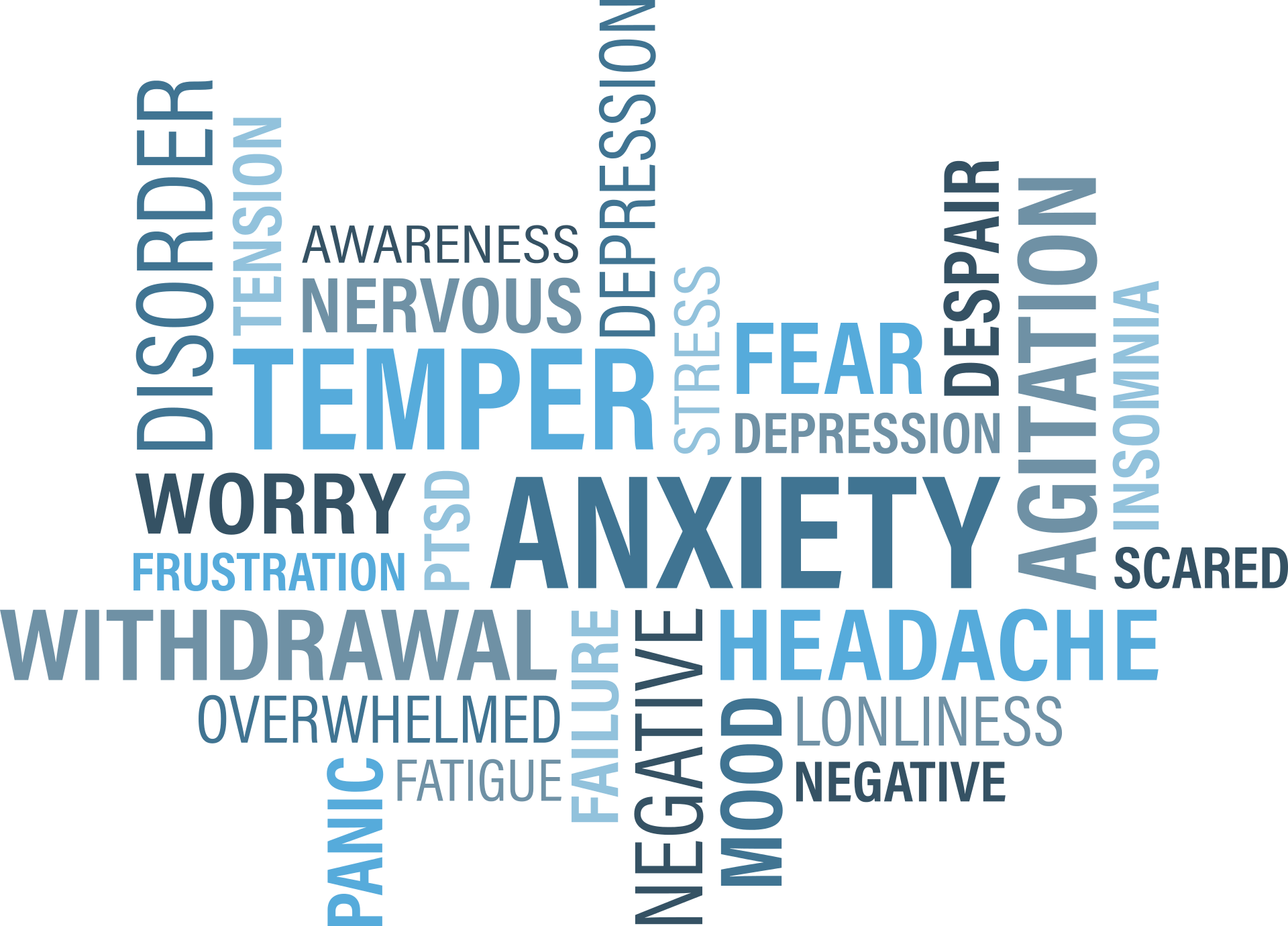Behavioral disorders can put a serious strain on any family, whether you’re the parent or the child in the equation.
Science has given us a much better understanding of behavioral disorders in recent decades, including how to treat them. Yet there are still many misunderstandings out there about behavioral disorders.
That’s where little knowledge goes a long way. Here are five frequent questions about behavioral disorders in children—answered!
1: What is a Behavioral Disorder?
Put simply, a behavioral disorder is a consistent pattern of disruptive conduct. The classic definition involves disruptive conduct that lasts at least six months.
The exact form a behavioral disorder takes changes from person to person — everyone is a little bit different. Disorders are grouped based on certain repeated traits, like persistent disobedience, aggression, or avoidant behavior. The term is intentionally broad and covers an entire category of different expressions.
2: What Are the Common Behavioral Disorders?
There are many common behavioral disorders in children, each expressed in a different way. Here are some of the most common expressions of a behavioral disorder:
- Aggression
- Hyperactivity
- Disobedience
- Drug use
- Anxiety
This isn’t an exhaustive list and many behavioral disorders show up as a mix of different problems in a single package.
3: Are Behavioral Disorders a Symptom of Other Problems?
In many cases, behavioral disorders do signify other problems. Common background problems include undiagnosed mental health conditions and/or disrupted home life. Persistent bullying from peers is also another common cause.
This is why it’s important to look at the big picture when treating behavioral disorders. Without resolving these background problems, behavioral issues can often reoccur.
4: What Is the Treatment for Child Behavior Problems?
Treatment for behavior problems is often complex. Usually, it involves tackling the triggers and underlying causes, plus giving the child more ways to process their emotions.
Parents and children can take a range of options for treatment, including therapy and medication. Seeking medical advice is usually the first step to take after you notice a pattern of behavioral problems in your child.
There are many programs designed to help children with behavior problems (check out these teen programs, for instance). Success is never guaranteed, but most behavioral problems respond at least partially to treatment.
5: Will My Child Grow Out of a Behavioral Disorder?
Unfortunately, this isn’t a yes or no question. Behavioral issues are complex and, as we’ve seen, they may be symptoms of other undiagnosed or untreated problems.
This means that your child may grow out of a behavioral disorder on their own. Yet most children need some help along the way. There are numerous different methods for treating disorders, and their level of success varies from person to person.
Behavioral Disorders in Children: Your Questions Answered
Now you know the answers to some of the most common questions about behavioral disorders in children. Knowing, as they say, is half the battle, and this knowledge could help your family, and your child, through a difficult stage of life.
Looking for more health info? Check our Health section often to see what’s new.
